By Moobusshera Hatim, Senior Physiotherapist, Back2Sports
Tell any long-distance runner or cyclist about your stinging pain in the side of the knee or hip, and you might get a sympathetic response. ITB (Iliotibial Band) friction syndrome is one of most common complaints amongst runners, cyclists and players of intense court sports.
ITB friction syndrome gets its name from the Iliotibial Band rubbing against a bony protrusion just at the side your knee. The ITB is a continuation of one the largest hip muscles and spans as a thick band of tissue on the outside of the thigh. Starting from the pelvis, it runs over the side of the hip and ending just below the knee. Just before it crosses the knee, it runs over a protrusion in the thigh bone (lateral femoral epicondyle). The frequent rubbing of the band over this bony protrusion during bending and straightening of the knee irritates the band, causing an inflammation. The tighter the ITB, the harder it rubs over the protrusion.
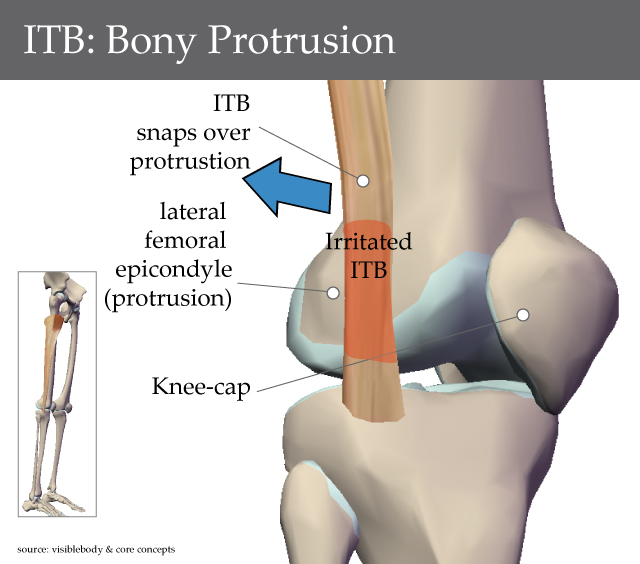
What tightens the ITB? THere are three basic areas:
- Training methods
- Bio-mechanical gait issues
- Weak outer hip muscles
Training methods
ITB strains can be caused by running on banked surfaces, inadequate warm up or cool down, too-rapid increases in distance, or excessive downhill running. In cycling having the feet toed inwards commonly causes the band to get tight.
Bio-mechanical gait
Problems with foot structures such as high or low arches and uneven leg length typically tighten the ITB on one side. A complete biomechanical assessment helps determine the faults. Where appropriate, foot orthotics can correct these problems.
Weak outer hip muscles
Weak outer hip muscles force the ITB to work harder to compensate and become tight as a result. Exercises that strengthen the outer hip muscles help to lighten the load on the ITB.
Even if athletes try to avoid the above issues, those with a high training volume often still experience painful ITBs. In such cases, deep tissue massage will help release the tight band. Don't forget to stretch the ITB. Ignoring ITB tightness can lead to groin pain and low back pains.
Back2Sports – Sports Injury Management is a division of the Core Concepts Group, a leading musculo-skeletal therapy specialist group in Singapore. For more information, visit www.Back2Sports.com.sg.

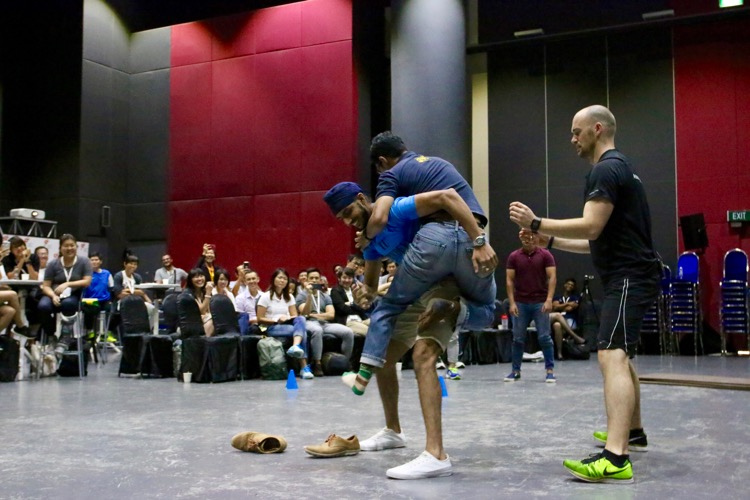

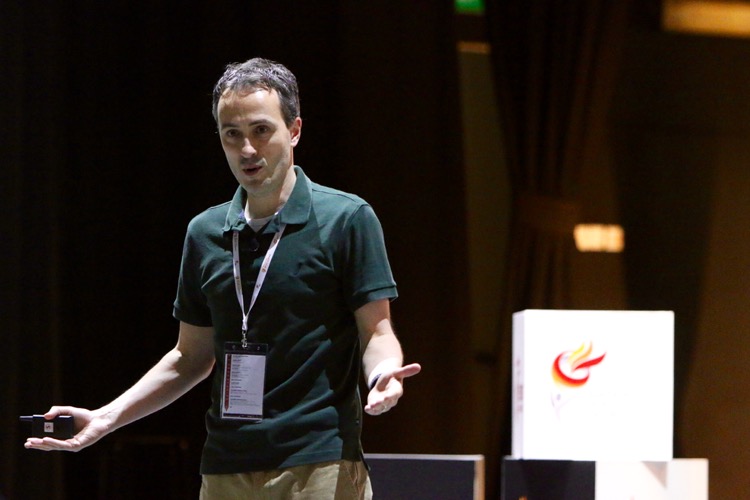
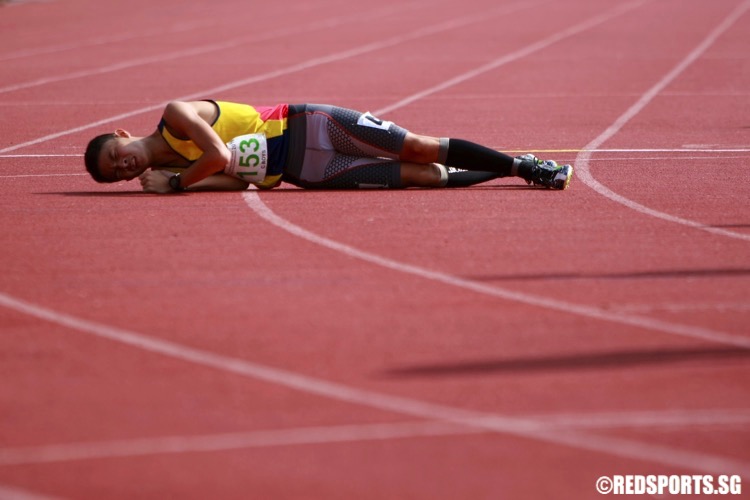
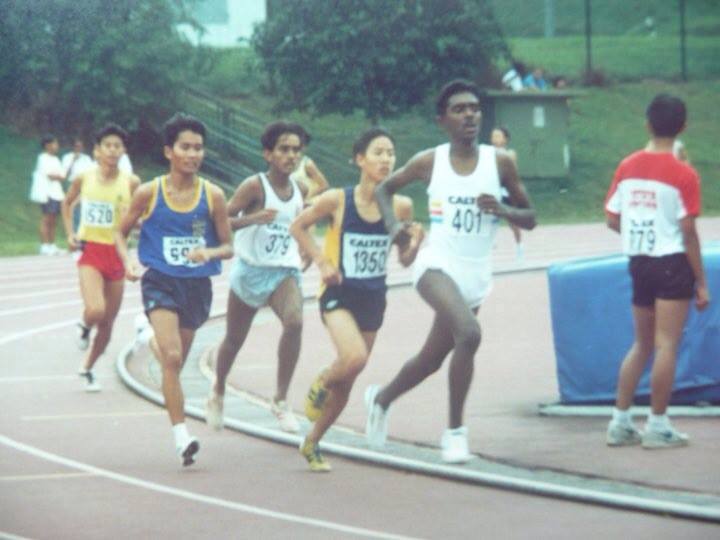
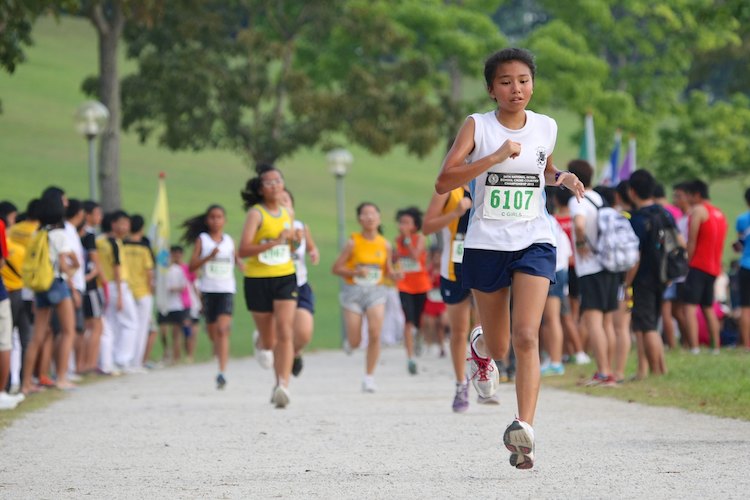
Don’t forget to train your deep hip flexors as well i.e. Psoas and Illicus.
Weak deep hip flexors mean the muscle connecting to the IT band (the Tensor Fascia Late or TFL) needs to take over more of the hip flexing (bringing your knee up toward your chest) tasks.
TFL is not suited to this task because of the way it is connected to your illiac crest (hip bone) so it becomes tight, short and overactive. Leading to more tension on your ITB leading to more pain.
The deep hip flexors are active when your knee is up and your thigh is above parallel. To train this…
1. stand on 1 foot and put your other foot on a stool. Lean against a wall so you cant lean back to compensate.
2. raise the foot off the stool till that thigh is above parallel to the ground. hold the top position for 15 seconds. then lower back to the stool. do not lean back keep your body upright and your chest up as you hold the 15s count.
3. repeat for the other side
Add 3 sets per leg of this to your pre training warm-up if you find yourself unable to hold the 15s easily.
This has helped many of my athlete clients prevent recurrence of ITB pain.
regds
Coach Jonathan Wong
http://www.coachjon.com